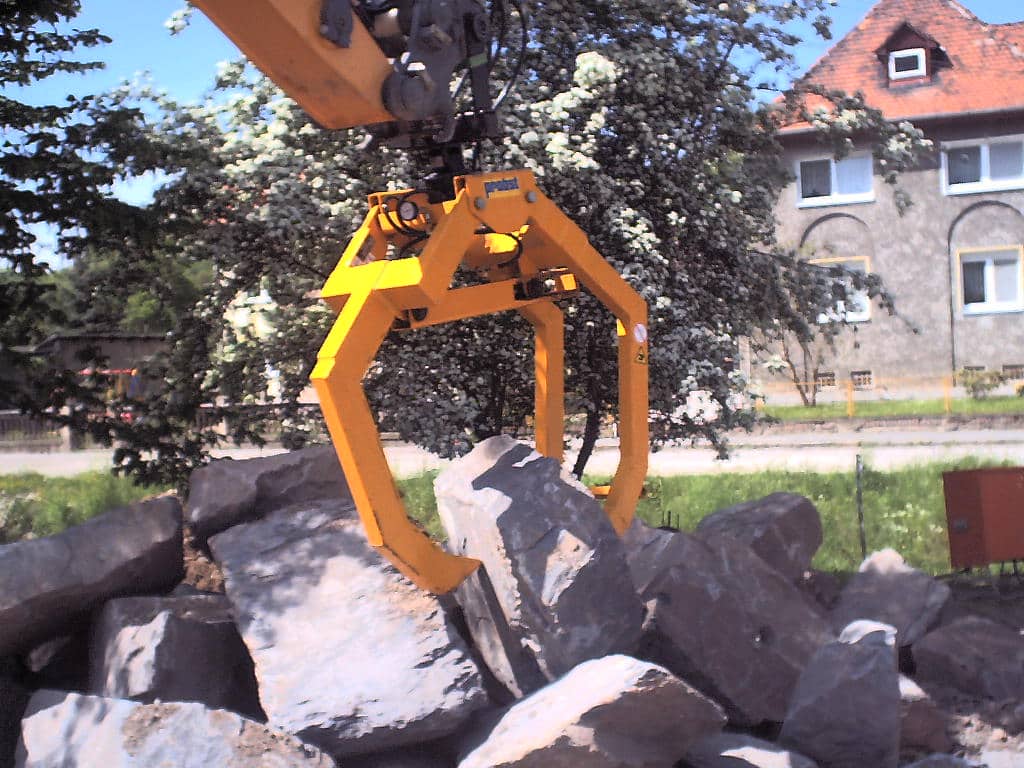Operating a rock lift requires precision and safety awareness to prevent accidents and damage. Whether you’re working on a construction site or a landscaping project, understanding and practicing rock lift safety is critical. This guide outlines four best practices for operating a rock lift safely, helping both seasoned operators and beginners stay on top of their game.
Perform Routine Inspections
The first step to operating a rock lift safely is to perform routine inspections before each use. Checking for structural integrity, secure bolts, and functional components ensures that the equipment is in optimal condition. Pay close attention to cables, pulleys, and clamps, as these components endure significant stress during operation. A quick inspection can reveal any issues that need fixing before they escalate into bigger problems. Regular maintenance of your rock lifting equipment contributes to its longevity and minimizes the risk of malfunctions that could lead to injuries.
Always Use the Right Gear
It’s important to wear the right safety gear when operating a rock lift. Operators should wear steel-toed boots, hard hats, reflective vests, and gloves designed for heavy lifting. Protective eyewear is another must, as it shields against flying debris during rock handling. Beyond personal gear, consider using auxiliary tools, such as slings or hooks suited for specific loads. Using the wrong tools or working without proper protection increases the risk of accidents. Make sure everyone involved understands the importance of adhering to these safety precautions.
Know the Load Capacity
Understanding and respecting the lift’s load capacity is essential for safe operation. Overloading the equipment jeopardizes the machinery and poses a serious safety risk to everyone in the vicinity. Familiarize yourself with the manufacturer’s recommended weight limits and never exceed them. Avoid making assumptions based on visual estimates; this means weighing the load beforehand is always a good idea. Evenly distributing the weight can also prevent tipping or equipment strain. Taking the time to double-check load limits significantly reduces operational risks.
Maintain Clear Communication
Rock lift operations often involve multiple people, making clear communication indispensable. Establish clear hand signals or use communication devices to make sure everyone is on the same page. Miscommunication can lead to dropped loads, damaged equipment, or even severe injuries. Before starting the lift, conduct a brief meeting to discuss the plan, responsibilities, and potential hazards. Ensure that all team members are attentive and that there’s an established chain of command for quick decisions during unexpected situations.
Prioritize Safety Every Time
Rock lift safety is not just about preventing injuries; it’s about fostering a culture of responsibility and professionalism on the worksite. By conducting inspections, using the right gear, understanding load limits, and prioritizing communication, operators can significantly improve the safety and efficiency of their operations. Remember, taking these precautions doesn’t just protect equipment; it protects lives. Start applying these best practices for operating a rock lift safely today!
Recommended reading: How Does the Hard Rock Mining Industry Work















